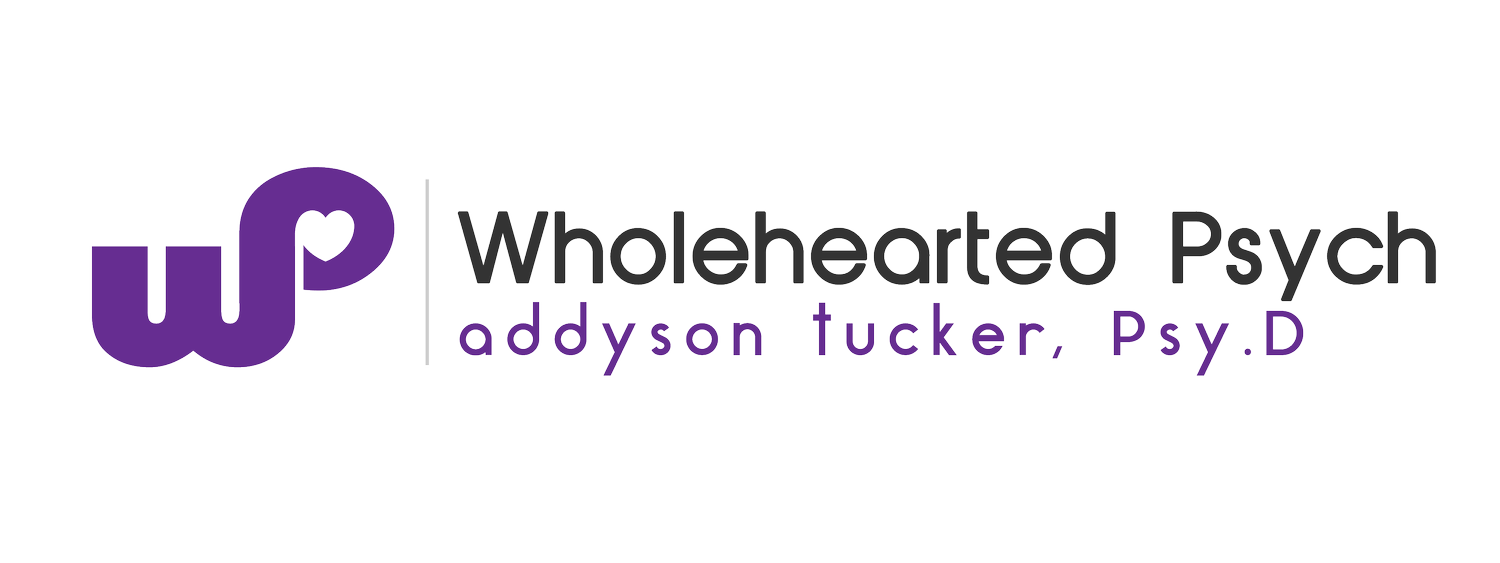Part 2 - Shame Resilience for Liberation: Whose Voice is That?
In Part 1, we took a closer look at how our shame triggers might show up in terms of the messages we receive and internalize about the ways in which we are ‘too much’ or ‘not enough.’
Part 2 continues the discussion about Shame Resilience for Liberation by reflecting further on where those messages, voices, & idealized identities come from.
What do I mean when I say, “where does this shame voice / narrative / message come from?”
Note: The above phrasing was adapted from being a Certified Daring Way™ Facilitator (Based on the research of Brené Brown). Brene refers to a metaphor of 'entering the arena' to have the hard conversations and face our shame. The Daring Way™ work breaks down different categories of messages we hear from those sitting in the 'arena seats' when we are in battle.
My experience as a therapist serving marginalized communities at the intersection of gender, race, body, and ability has helped me reframe this metaphor a bit. Partly, because I struggled with the source of the arena metaphor (based on a Roosevelt quote).
Partly, because I've found that for people in marginalized communities, navigating shame is an ongoing journey that doesn’t quite fit into the arena metaphor. Because that makes the different types of ‘seats’ more challenging to explain, I adapted/modified Brené’s four categories through a lens of liberation.
Where does that shame voice / message come from?
There are four categories: trolls, caring critics, the system, & heart holders. We’ll discuss the first three today, and heart holders (i.e., empathy & compassion) will be covered in a future series. You can also refer back to my previous posts on holding the hard with self-compassion for a general overview.
Triggers for Shame Messaging: The Trolls
Note: The metaphor Brene uses in the arena for this category is 'the cheap seats.'
The trolls are the voices who tend to offer unsolicited advice, criticize, and critique us (e.g., online bullying). They are often cruel, even if they are responding from a place of their own internal pain.
Sometimes, ‘concern trolls’ fit into this category, because good intentions can also cause harm (e.g., people steeped in fatphobia who accuse someone of ‘glorifying fatness’).
What might the Voice of a Troll look like?
Refer back to Part 1 where I broke down shame triggers for reliability.
Let’s say you cancel plans because you’re having a really rough week. Later that night, you come across a tik tok about getting rid of 'flaky' friends who can’t commit.
Internalized message of a Troll:
See!? Everyone hates a flake. You let your friend down, and somehow even the tik tok universe knows it. What’s wrong with you???
Triggers for Shame Messaging: Caring Critics
(At the moment, I cannot remember how Brené refers to these voices).
Caring critics are the toughest category to face, in my experience, because they are the voices that often have the greatest impact on our self-worth.
These voices often 'say the thing out loud' that we have already been experiencing shame about (e.g., a parent who finds out that their child was bullied at school and focuses on ways they can become more popular). They may genuinely believe what they are saying and have the best intentions to be helpful.
They are also often the people we feel obligated to hear what they are saying. This includes those we are in community with, such as family, friends, colleagues, and those in positions of authority (e.g., doctors).
What might the Voice of the Caring Critic look like?
You make the decision to take care of your mental health and not to travel for a family celebration. Replying to your text, your sibling says, "Whatever - we didn't expect you to actually come anyway."
Internalized Message of a Caring Critic:
As a family member, you’re expected to do things that don’t feel good for you because we all need to make sacrifices. When you put yourself first, it confirms exactly what they say about you behind your back.
Triggers for Shame Messaging: The System
The metaphor Brene uses in the arena for this category is 'the box seats.'
The system includes social structures, policies, and organizations that maintain the status quo (e.g., a teacher who feels limited in helping a student because of school policies).
This shows up in powerful systems like capitalism, as well as societal norms like 'wedding etiquette.' The systems are not set up to support or navigate the needs of anyone outside of the established 'norm.' That is, anyone who is not cis-hetero-mono-abled-educated-wealthy-white-neurotypical-allistic-etc., (you get what I mean).
What might the Voice of the System look like?
Consider a person who often runs late and whose ADHD medication helps with time management. One barrier is that the person has to remember to call their prescriber each month to process a refill. In addition, the meds might be hard to access due to a supply issue or pharmacy limitations of controlled substances. This is a systemic issue within managed healthcare, amplified by misdirected federal policies.
Internalized Message of the System:
You’re only worthy if you can successfully navigate these systems that feel impossible at times. When you can’t navigate it, it is DEFINITELY your fault.
Practice & Reflection Exercise: Your turn
Go back to the exercise I linked to in Part 1. Reflect on your shame focus area and the two lists you created.
Answer the following shame trigger exploration prompts:
Who/what/where are the voices of the trolls? The system? The caring critics?
What messages have you internalized from these voices/narratives?
How do they show up in your body, your emotions, your behavior?
How do those messages impact the way you respond during moments of shame?
Resources for Further Reflection
I’m including the same resources from Part 1 below.
In particular, I cannot recommend highly enough checking out the interview with Alok about the Urgent Need for Compassion, as well as reading The Body is Not An Apology by Sonya Renee Taylor.
Brené Brown’s books & research address this further: Daring Greatly, as well as You are your best thing: Vulnerability, Shame Resilience, & the Black Experience by Burke & Brown.
Check out Brené speaking about ‘Guilt vs Shame’ with Oprah (2.20 video), as well as this ‘Empathy vs. Sympathy’ animation (2.53 video)
The Body is Not an Apology (+ workbook) (Sonya Renee Taylor)
Laziness does not exist & Unmasking Autism (Books by Devon Price)
Zone of Rarity: The Platypus Poem by J Mase III (Video Performance)
Reclaiming our power: Making ourselves seen (TEDxCU talk by Nora Alwah)
The Urgent Need for Compassion (Approx 6-7 min Podcast segment, begin at 52.13 - Alok V Menon)






